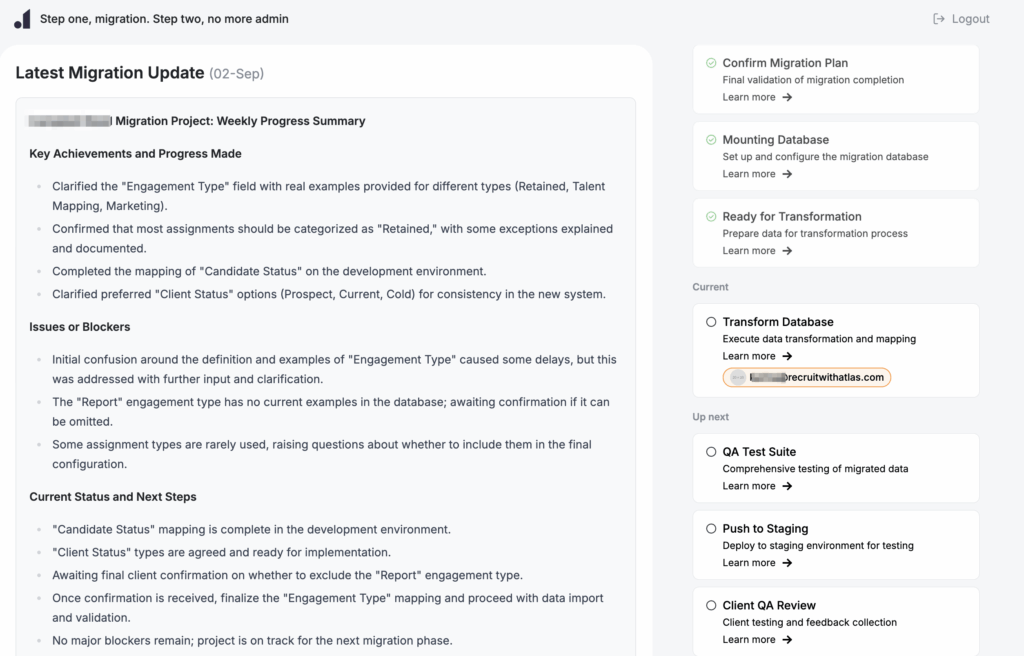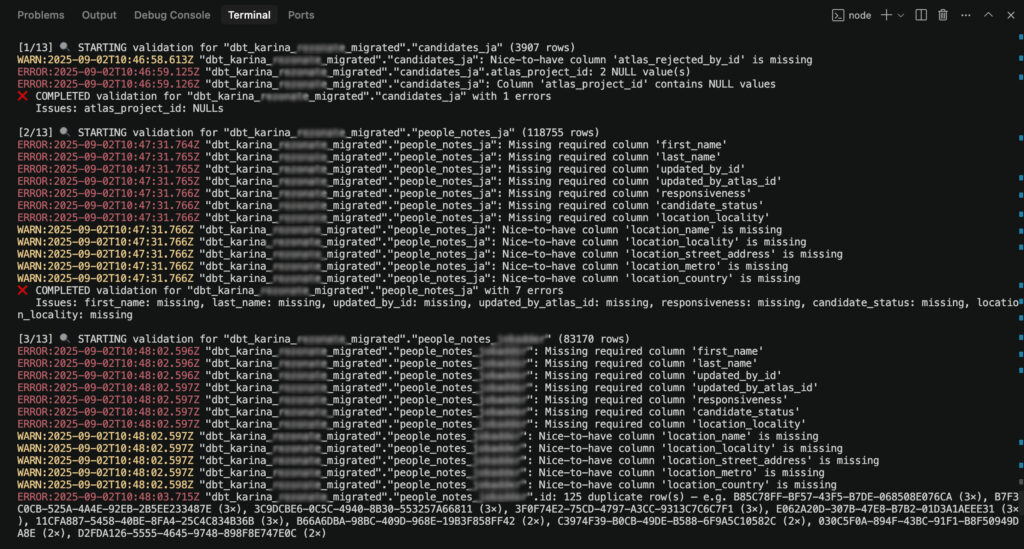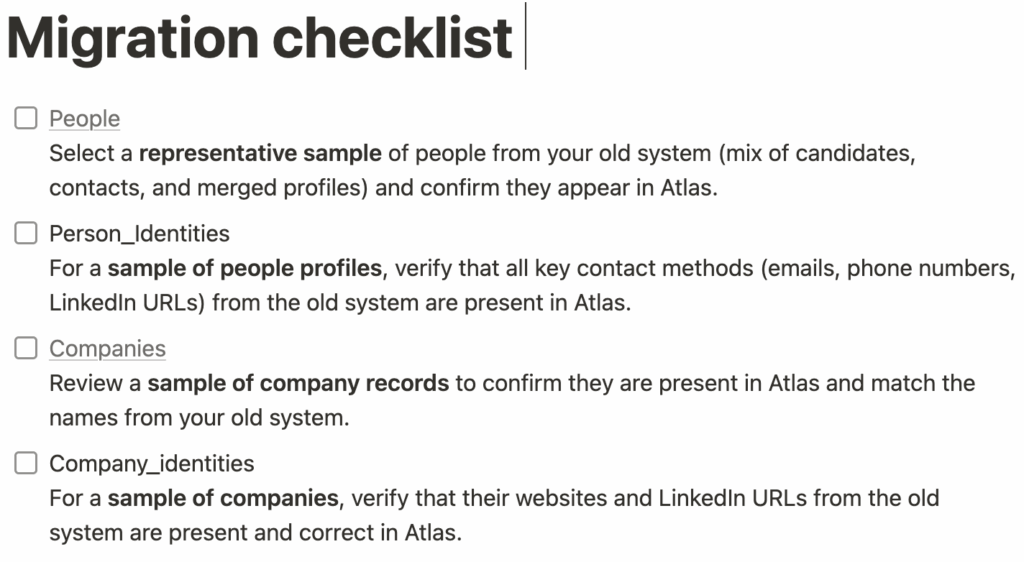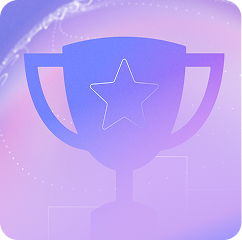
// Recruitment Technology
Why Most ATS Migrations Fail (and How to Avoid It)
16/09/2025
10 MIN
Thinking about switching your ATS? You’re not alone. Most agency recruiters have a love-hate relationship with their CRM, and when frustration finally tips the balance, an ATS switch feels like the logical next step. But for many, this is where the real anxiety sets in.
That fear isn’t unfounded. A survey we referenced in our recruitment data migration guide showed that only 37% of CRM users were very satisfied with their current system. And yet, most agencies stay put. Why? Because the risks of a failed ATS implementation often feel greater than the benefits of moving to something better.
The stories are familiar: botched CRM migration risks, missing candidate records, duplicate data, and long hours spent trying to repair broken workflows. When ATS migrations fail, the consequences can be serious — lost productivity, frustrated recruiters, and a sharp dip in confidence from clients and candidates alike.
But this outcome isn’t inevitable.
In this article, we’ll unpack the most common causes of ATS migration failure and, more importantly, explain how to avoid them. Whether you’re planning a change or simply exploring your options, this guide will help you approach your recruitment data migration with clarity and confidence.
Why ATS data migration often goes sideways
Even with the best intentions, many CRM migrations in recruitment fail before they’ve really begun. The underlying causes tend to follow familiar patterns. If you’re aware of them in advance, you can plan around them and avoid becoming another cautionary tale.
1. Lack of pre-migration planning from your current system
One of the most common reasons for ATS migration failure is poor preparation. Many agencies jump into the process without fully understanding what they are migrating, how their data is structured, or what their future workflows will require.
Without a clear data migration plan, teams often miss critical steps such as auditing existing data, identifying duplicate records, or confirming which custom fields are still in use. This lack of upfront planning can lead to delays, confusion, and preventable mistakes once the data is in motion.
How Atlas avoids it: Every recruitment data migration begins with a structured planning phase. This includes a full data audit, timeline alignment, and clearly defined roles on both sides. Nothing progresses until everyone is aligned and data accuracy is ensured.
2. Messy, inconsistent, or incomplete data integrity
No CRM is perfect, and legacy systems often accumulate cluttered data structures over time. Duplicate candidate profiles, empty fields, inconsistent formats, and outdated job records are all common problems that present serious risks during migration.
Poor data quality is one of the most significant CRM migration risks. Without proper clean-up, the issues from your old system are simply carried over to the new one.
How Atlas avoids it: We do not just move the data. We aim to significantly streamline your migration. Our team loads your database into a live, queryable environment, uses automation to detect and remove duplicates, and applies consistent formatting across all records. The result is a cleaner starting point.
3. One-size-fits-all data fields mapping
Every recruitment agency has its own way of working. Different tags, statuses, and workflows are common. Yet, some providers take a generic approach to field mapping, which often results in key historical data being lost or placed incorrectly.
This is one of the most common problems when switching to a new applicant tracking system. Something vital gets dropped, and no one notices until recruiters are already working in the new system.
How Atlas avoids it: Our Migration Dashboard gives you full visibility into how your fields are mapped. You can review, edit, and approve every decision. We also support custom data mapping to ensure your workflows carry over properly.
4. No testing or quality assurance by the ATS provider
Quality assurance is often overlooked and is second only to data security. Without it, broken links, missing fields, and inconsistent formatting can slip through even with a more advanced ATS. Once the system is live, these problems are much harder to resolve.
How Atlas avoids it: Before anything goes into production, we run up to 400 automated tests across your dataset. We also use AI to identify anomalies — not just technical errors, but unusual patterns that don’t align with real recruitment activity. This ensures everything is transferred accurately when moving data from your legacy ATS vendor to Atlas.
5. Disruption during the applicant tracking system cutover
Some migrations go live without considering business continuity. Systems are switched over midweek. Recruiters are left updating two platforms at once. Productivity takes a hit while teams try to adjust.
How Atlas avoids it: We provide a staging environment where you and your key stakeholders can validate the sensitive data in a safe, real-time setting. Once confirmed, we schedule the live cutover over a weekend. That means no unnecessary downtime, and your consultants can return on Monday ready to go.
The real-world costs of a failed migration
When a data migration process fails, the consequences are rarely limited to just the data. For recruitment agencies, the ripple effect can impact productivity, relationships, and revenue. Here are some of the most common and costly outcomes.
Lost productivity
Recruitment processes move fast. When systems fail, even briefly, recruiters lose valuable time. If candidate records are incomplete, notes are missing, or the CRM becomes difficult to use, consultants end up chasing information rather than making placements.
This drop in efficiency affects everything from team morale to monthly billing. The longer the disruption lasts, the harder it becomes to recover momentum.
Damaged or incomplete data
A failed ATS implementation often leaves behind broken links, missing CVs, or corrupted files. Inconsistent formatting and mismatched fields can make key data unusable. Candidate and job records may appear, but without the detail needed to search, sort, or act on them.
In more severe cases, entire data sets may need to be rebuilt from scratch, causing major delays in delivery.
Compromised client and candidate experience
When your systems don’t work properly, clients and candidates notice. Slow response times, repeated questions, or disorganised communication all signal that something is off. Even short-term setbacks can create long-term doubts.
This kind of reputational damage is difficult to quantify, but it can directly impact your ability to win and retain business.
Unexpected financial costs
Fixing a failed migration is rarely simple. Whether you need to pay for additional support, extend project timelines, or re-run the migration altogether, the costs add up quickly. In most cases, these expenses are unplanned, which puts further pressure on budgets and timelines.
What should have been an upgrade ends up becoming a financial and operational drain.
How to avoid the common challenges – The Atlas way
Most ATS migration problems are avoidable with the right process, tools, and support. Atlas was built with these challenges in mind. From planning to production, every step is designed to reduce risk, simplify decisions, and give recruiters confidence in the outcome.
Structured planning and continuous improvement from day one
We begin every migration with a detailed planning session. This includes a full audit of your existing database, identification of potential risks, and a clear roadmap for the weeks ahead. You will know what to expect, when to expect it, and who is responsible for each part of the process.
This upfront work lays the foundation for a smooth, on-time migration.
Clean, structured, searchable data
Your data export is not just uploaded to the new system and left alone. We mount it in a secure environment using Amazon Redshift, allowing our team to inspect, clean, and standardise every record. Duplicate entries are removed, inconsistent formats are corrected, and each field is reviewed for relevance.
We also use AI to help spot anomalies and speed up repetitive tasks like deduplication and normalisation, ensuring your migration is a smooth and structured process from start to finish.
Custom mapping with full visibility
Our Migration Dashboard gives you a clear view of your data, so you can map legacy fields to Atlas without guesswork. You will receive a preview spreadsheet that shows how everything is currently structured, along with our recommendations.
From there, you can review, make changes, and confirm — all with guidance from our team. We track each decision in real time, and flag anything that needs clarification.

Quality assurance that goes deeper
Before your data reaches production, it goes through up to 400 automated tests. These check for required fields, duplicate values, missing links, and more. We also apply AI checks to look for odd patterns that might slip past traditional validation.
Only when everything passes do we move forward. Nothing is left to chance.

A staging environment for final sign-off
You will receive access to a full staging environment — a version of Atlas that looks and behaves exactly like the live system. Here, you can test everything yourself using a guided checklist. This is your opportunity to verify that records are correct, profiles are linked, and workflows behave as expected.

Our team works alongside you during this phase, answering questions and making final adjustments before going live.
Live launch without the disruption
Once staging is approved, we move your data into the live Atlas environment. For most agencies, this happens over a weekend to minimise disruption. If your team is already using Atlas, the newly migrated data is merged cleanly with what’s already there.
Frequently Asked Questions (FAQs) on ATS migration risks and prevention
The most frequent issue is a lack of planning. Without a clear migration strategy, poor data quality, missing fields, and mapping errors become much more likely. Many recruitment agencies run into trouble because they begin migrating before fully understanding what they’re moving and how it will be used.
Most legacy systems contain some level of clutter. Duplicate candidates, inconsistent statuses, and unused fields are all very common. The good news is that messy data does not mean you can’t migrate. Atlas uses automated tools to clean, standardise, and structure your data so it is ready for use from day one.
No. One of the key benefits of migrating with Atlas is that we run the process in parallel with your existing system. You can keep recruiting as usual while we prepare your data. The final switchover is usually done over a weekend, so your team returns on Monday ready to go.
Not at all. Atlas is built for recruiters, not developers. You will have full visibility of your data throughout the migration, but you won’t need to understand code or databases. Our team guides you through every step, using plain language and clear documentation.
Make your next ATS migration the one that works
Migrating to a new ATS can feel like a leap, especially if you have been burned before. But with the right process and the right partner, it does not have to be risky, chaotic, or disruptive.
The truth is, most ATS migration failures come down to a lack of planning, visibility, or support. At Atlas, we have rethought the entire experience to make it not only safer, but faster and more transparent for recruiters who need to keep moving.
From live data previews to guided field mapping and weekend go-lives, every part of the process is designed to protect your business while setting it up for growth.
If you are ready to leave legacy systems behind and move to a new ATS, we are ready to help you move forward with confidence.








